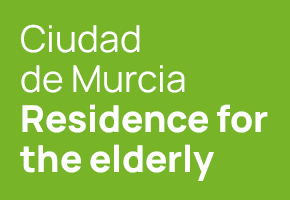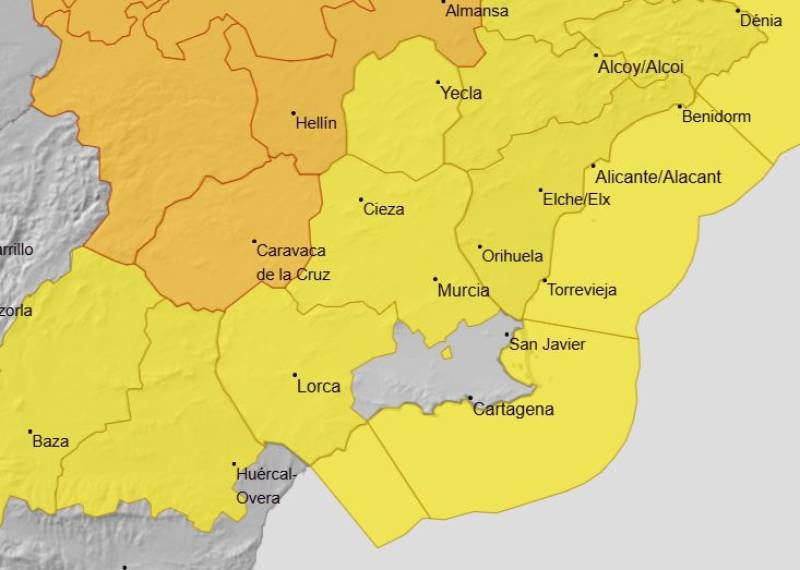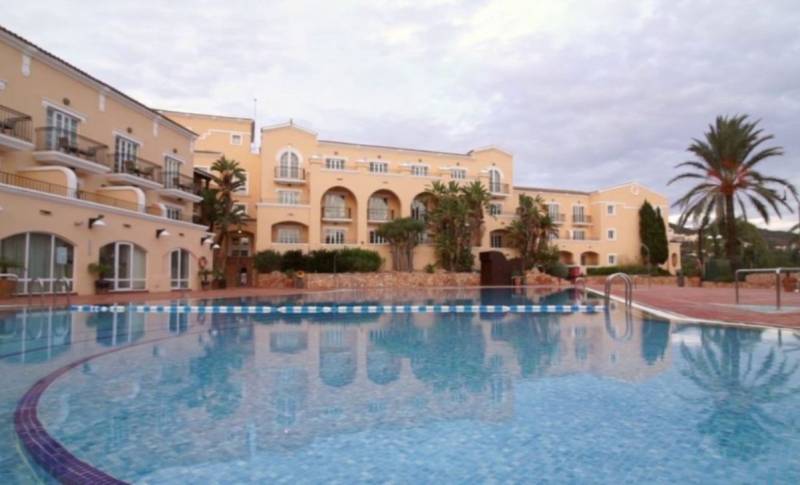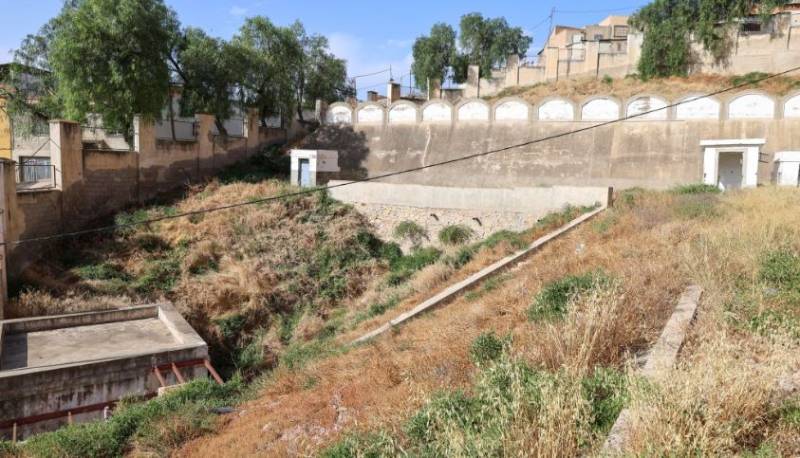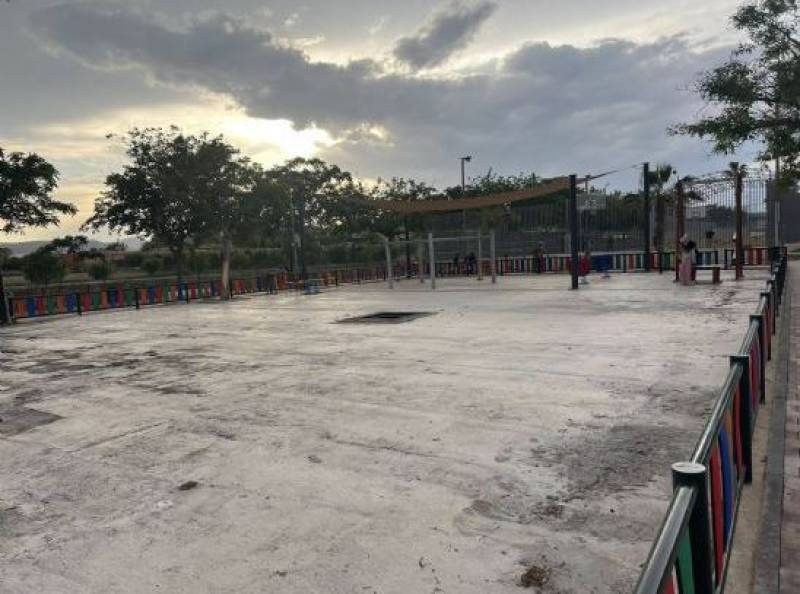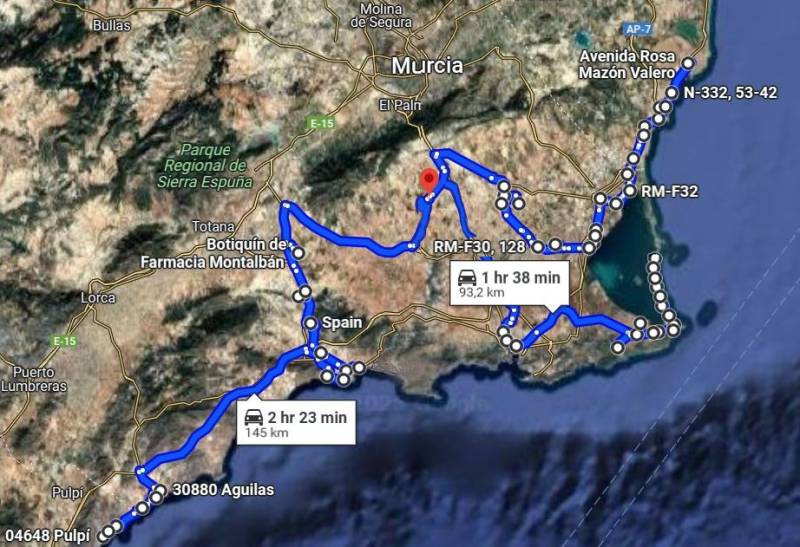

Guidelines for submitting articles to San Pedro del Pinatar Today
Hello, and thank you for choosing San Pedro del Pinatar.Today to publicise your organisation’s info or event.
San Pedro del Pinatar Today is a website set up by Murcia Today specifically for residents of the urbanisation in Southwest Murcia, providing news and information on what’s happening in the local area, which is the largest English-speaking expat area in the Region of Murcia.
When submitting text to be included on San Pedro del Pinatar Today, please abide by the following guidelines so we can upload your article as swiftly as possible:
Send an email to editor@spaintodayonline.com or contact@murciatoday.com
Attach the information in a Word Document or Google Doc
Include all relevant points, including:
Who is the organisation running the event?
Where is it happening?
When?
How much does it cost?
Is it necessary to book beforehand, or can people just show up on the day?
…but try not to exceed 300 words
Also attach a photo to illustrate your article, no more than 100kb

Why cities in Spain feel hotter than ever: The heat island effect explained
Scorching nights, poor sleep and rising energy bills – how Spain’s urban ‘ovens’ are trapping heat and affecting your health
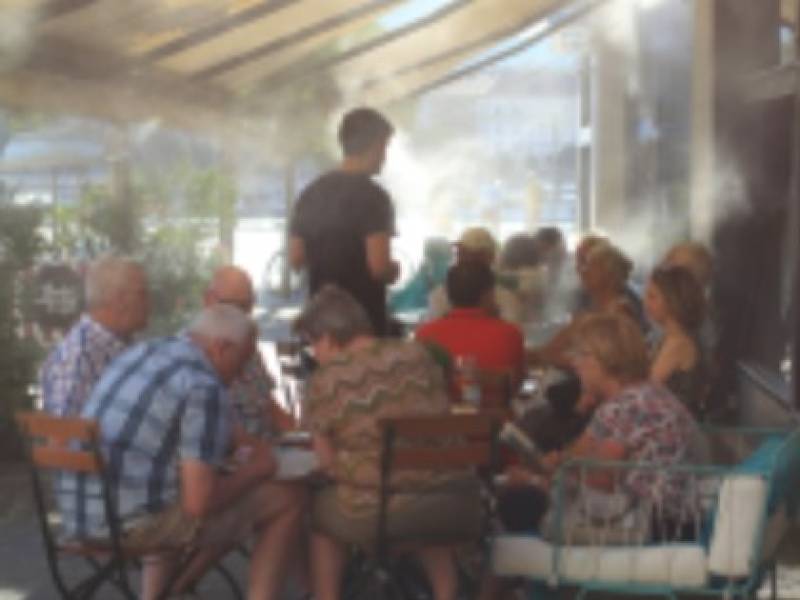 Spain has already endured its first official heatwave of the season, with scorching daytime temperatures, health warnings and unbearable nights especially in inland cities. Even though the wave has officially subsided, high night-time temperatures have lingered in southern and Mediterranean areas. And one of the reasons is a little-known but powerful and growing phenomenon called the ‘urban heat island effect’.
Spain has already endured its first official heatwave of the season, with scorching daytime temperatures, health warnings and unbearable nights especially in inland cities. Even though the wave has officially subsided, high night-time temperatures have lingered in southern and Mediterranean areas. And one of the reasons is a little-known but powerful and growing phenomenon called the ‘urban heat island effect’.- Adding rooftop vegetation
- Expanding parks and green spaces
- Designing buildings with natural airflow in mind
- Reducing car usage
- Creating incentives through green taxes






